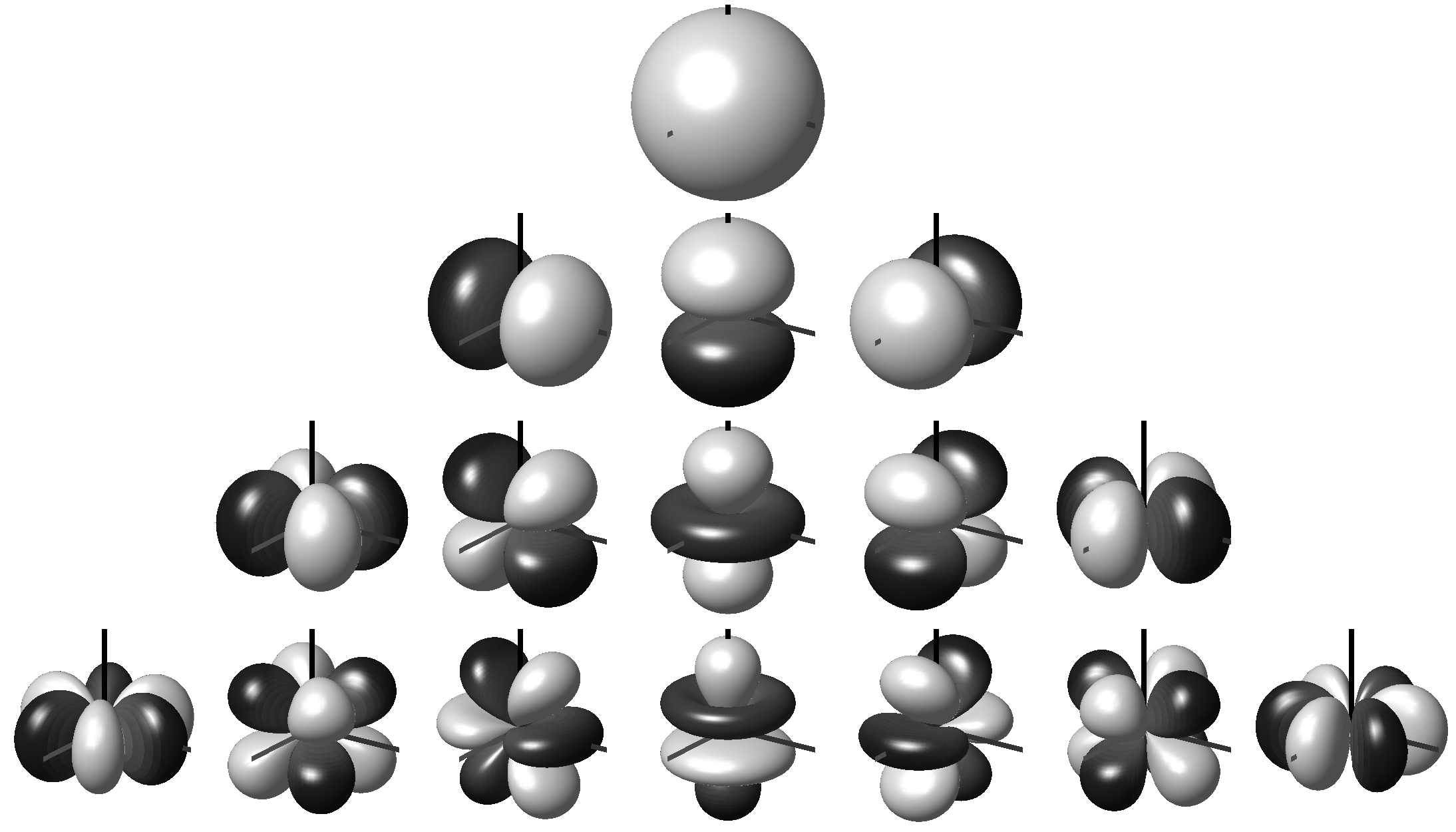Ambisonics
Ambisonics (also Ambisonic ) is a method for recording and reproducing a sound field. This audio technology was developed in the 1960s and 1970s in the UK and driven essentially by Michael A. Gerzon and Peter Fellgett. In contrast to the channel-oriented communication method is no fixed number of speakers is set for playback. The respective signals are based on mathematical specifications of the transmitted values for sound pressure and particle velocity for each speaker position.
Physical principle
In the basic version, known as First Order Ambisonics B format, the information in the channels W, X, Y and Z is transmitted. In this case, W containing the pure sound pressure component, taken with a non-directional (omni) microphone. The signals X, Y and Z are the particle velocity components in the respective axes. They are taken with microphones, whose eight- characteristic is aligned in the corresponding axis. The method aims again to reconstruct the recorded sound pressure with the corresponding vector of the particle velocity at the listener from these signals at its listening position. For the horizontal plane, the individual speaker signals from the angles are derived to the central axis:
The virtual position of the sound source can also be taken not only with the soundfield microphone, a ambisonics coder can represent the mono signal at arbitrary positions in three-dimensional sound field.
Advantages of the process
An advantage of the method is that the elevation plane can be decoded according to mathematical relationships for any speaker position. This creates a three dimensional sound field is generated already with four transmission channels. This sound field is no space axis is preferred to all speakers contribute their share in. Conventional surround sound technologies are still two-dimensional, even with six transmission channels.
As the number of decoded channels, the sound field speaker gains stability. It can even be perceived by listeners outside the speaker array. The speakers do not have to be positioned at fixed predetermined positions in a regular rectangle. This allows a better adaptation to the practical playback conditions.
With additional transmission channels the stability of the spatial representation can be further increased. Here, the method is always backwards compatible. It can simply be dispensed with, the decoding of individual channels. To ensure compatibility for playback on mono and stereo systems that UHJ hierarchy was developed. This comprises a four-channel format, depicting the entire B format, an exclusively horizontal three - channel format, a 2 ½ - channel format in which the third duct comprises only half the bandwidth, and a two - channel format. Even with two transmission channels, it is possible to establish a horizontal surround sound playback, the playback without decoder is compatible stereo. Today UHJ is (actually BHJ ) equated generally with the 2- channel format.
Records in ambisonics G format playable on conventional surround sound systems. The decoder is thereby switched on the receiving side in the transmission path. In this case, decoding on the default locations of conventional surround-sound speakers in living rooms is decoded. The advantages of the method used here is limited. Increasingly, this process should prevail in the host range, even at conventional productions for an improved soundstage.
Remaining problems
In larger rooms reproduction four speakers are not sufficient in the azimuth plane for a stable playback. In the audience, a relatively high proportion of direct sound has to arrive, so that the advantages of the method can be detected.
Research and market maturity
Although most patents have now expired on the process, the development of the approach is still under investigation. In particular, the High Order Ambisonics ( HOA ) method be developed to greater perfection. Meanwhile, this decoder can be implemented in software. Like the related processes of wave field synthesis WFS, Ambisonics so may have prospects to replace the conventional channel- bound procedures. To date, however, the commercial success of the system was missing.








